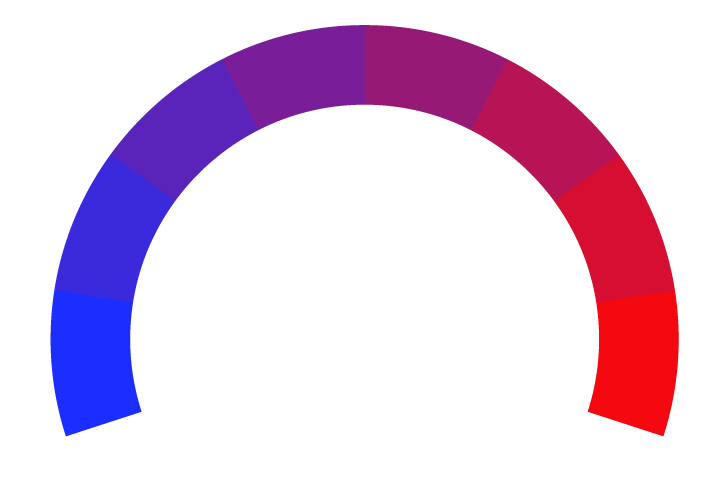‘Monster Fracks’ Are Getting Far Bigger. And Far Thirstier.
- Bias Rating
-62% Medium Liberal
- Reliability
70% ReliableGood
- Policy Leaning
-62% Medium Liberal
- Politician Portrayal
-19% Negative
Continue For Free
Create your free account to see the in-depth bias analytics and more.
Continue
Continue
By creating an account, you agree to our Terms and Privacy Policy, and subscribe to email updates. Already a member: Log inBias Score Analysis
The A.I. bias rating includes policy and politician portrayal leanings based on the author’s tone found in the article using machine learning. Bias scores are on a scale of -100% to 100% with higher negative scores being more liberal and higher positive scores being more conservative, and 0% being neutral.
Sentiments
N/A
- Liberal
- Conservative
| Sentence | Sentiment | Bias |
|---|---|---|
Unlock this feature by upgrading to the Pro plan. | ||
Reliability Score Analysis
Policy Leaning Analysis
Politician Portrayal Analysis
Bias Meter
Extremely
Liberal
Very
Liberal
Moderately
Liberal
Somewhat Liberal
Center
Somewhat Conservative
Moderately
Conservative
Very
Conservative
Extremely
Conservative
-100%
Liberal
100%
Conservative

Contributing sentiments towards policy:
62% : Water is important in oil refining and the cooling of power plants, and also plays a role in the mining of lithium and other minerals essential in the transition to cleaner energy.62% : Some local governments are starting to take action.
59% : Mexico said it “vigorously disagrees” with the lawsuit’s allegations and was proud of its work regulating oil and gas.
58% : Sharon Chischilly for The New York TimesAcross the country, investments like these in water for oil and gas — wells, pipelines and even water distribution companies — are extensive and spreading.
57% : Source: FracFocus chemical disclosure database as of Aug. 1, 2023 Note: States adopted disclosure requirements at different times.
57% : ”It’s happening, of course, because there is money to be made in oil.
55% : Sergio Flores for The New York TimesIn La Salle County — where workers were drilling the water well last year that would supply BP — the local aquifers have already been strained by decades of pumping to feed crops and cattle.
52% : The Times based its water-use analysis on data from FracFocus, a registry of chemicals used in fracking that is operated by two national associations of state agencies, the Groundwater Protection Council and the Interstate Oil and Gas Compact Commission.
47% : Pockets of public resistance are emerging.
46% : The water would be mixed with sand and toxic chemicals and pumped right back underground — forcing oil and gas from the bedrock.
46% : In the sprawling Permian Basin in Texas, the largest oil field in the country, just 15 percent of water used for fracking is recycled water, according to state estimates.
45% : If you’re using water for oil and gas, it’s considered exempt,” said Ronald T. Green, a hydrologist who advises Wintergarten.
39% : Sergio Flores for The New York TimesToday, the insatiable search for oil and gas has become the latest threat to the country’s endangered aquifers, a critical national resource that is already being drained at alarming rates by industrial farming and cities in search of drinking water.
39% : Oil companies say the industry uses substantial amounts of brackish water not suitable for drinking, though there is little systematic tracking of how much.
38% : It was a reminder that to strike oil in America, you need water.
38% : Oil companies require no permits to drill their own groundwater wells and there is no consistent requirement that groundwater used for fracking be reported or monitored.
*Our bias meter rating uses data science including sentiment analysis, machine learning and our proprietary algorithm for determining biases in news articles. Bias scores are on a scale of -100% to 100% with higher negative scores being more liberal and higher positive scores being more conservative, and 0% being neutral. The rating is an independent analysis and is not affiliated nor sponsored by the news source or any other organization.






















 NY Times
NY Times